syn·site
in contemporary art terms: a "syn-site" is a conceptual space that encapsulates a multitude of experiences, observations, and interactions across various physical and digital locales. It is a dynamic, non-singular site that challenges conventional notions of place and situates itself within the discourse of network aesthetics. Drawing upon the theories of Robert Smithson, it re-works the concept of "site" to reflect the complexity and plurality of contemporary life and artistic practice. It is an artwork and a network, a space and a memory, an assertive threshold within the syntax of site. It is both a product and a critique of the interconnected, networked nature of the contemporary world, and serves as a tool for artists to explore the entanglements of the specific and the abstract, the internal and external, the actual and the virtual.
in contemporary art terms: a "syn-site" is a conceptual space that encapsulates a multitude of experiences, observations, and interactions across various physical and digital locales. It is a dynamic, non-singular site that challenges conventional notions of place and situates itself within the discourse of network aesthetics. Drawing upon the theories of Robert Smithson, it re-works the concept of "site" to reflect the complexity and plurality of contemporary life and artistic practice. It is an artwork and a network, a space and a memory, an assertive threshold within the syntax of site. It is both a product and a critique of the interconnected, networked nature of the contemporary world, and serves as a tool for artists to explore the entanglements of the specific and the abstract, the internal and external, the actual and the virtual.
SYN (along with, at the same time | from Greek SYN, with | ~SYNTHETIC) + SITE (N: point of event, occupied space, internet address; V: to place in position | from Latin SITUS, location, idleness, forgetfulness | ~WEBSITE ¬cite ¬sight), cf. SITE/NON-SITE (from Robert Smithson, A PROVISIONAL THEORY OF NONSITES, 1968)
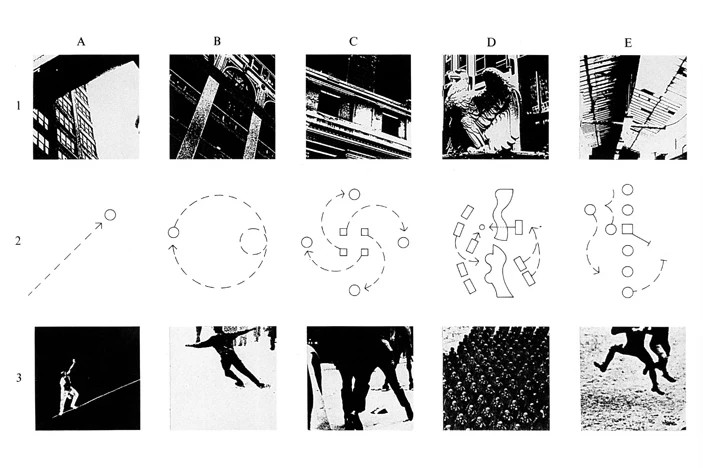


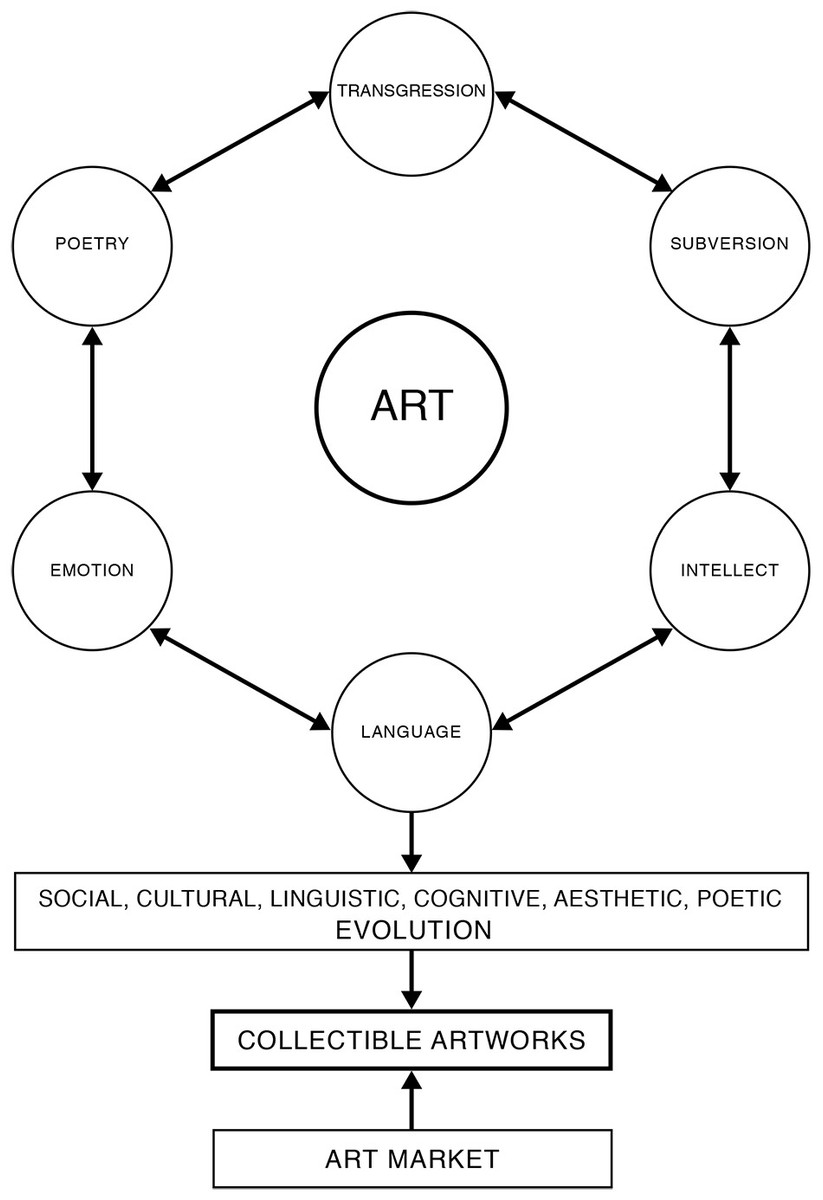


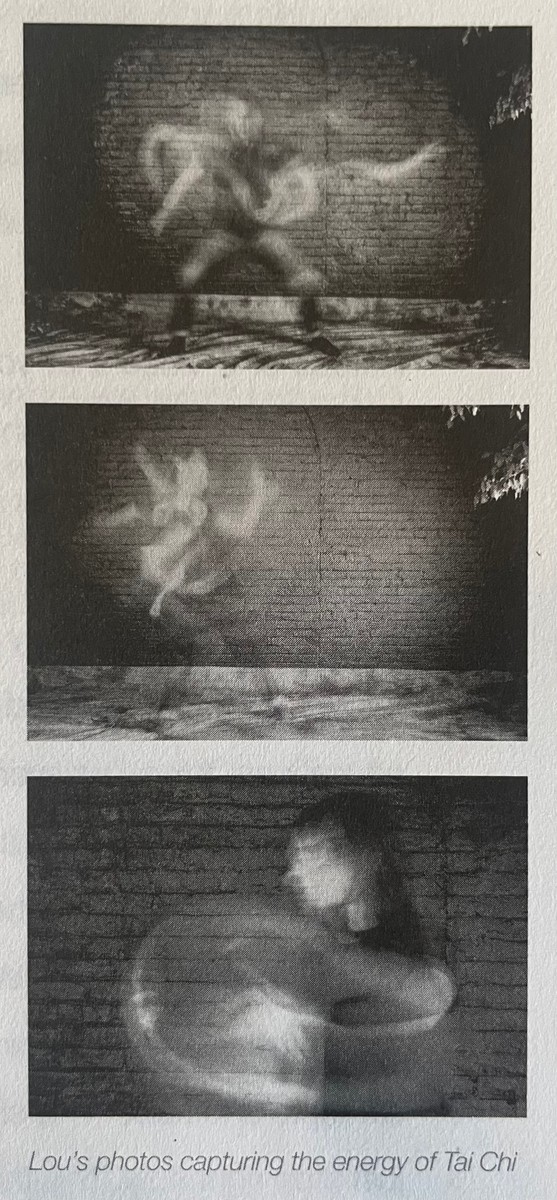





Alfred Korzybski remarked that "the map is not the territory" and that "the word is not the thing", encapsulating his view that an abstraction derived from something, or a reaction to it, is not the thing itself.
Alfred Korzybski remarked that "the map is not the territory" and that "the word is not the thing", encapsulating his view that an abstraction derived from something, or a reaction to it, is not the thing itself.
Alfred Korzybski remarked that "the map is not the territory" and that "the word is not the thing", encapsulating his view that an abstraction derived from something, or a reaction to it, is not the thing itself.
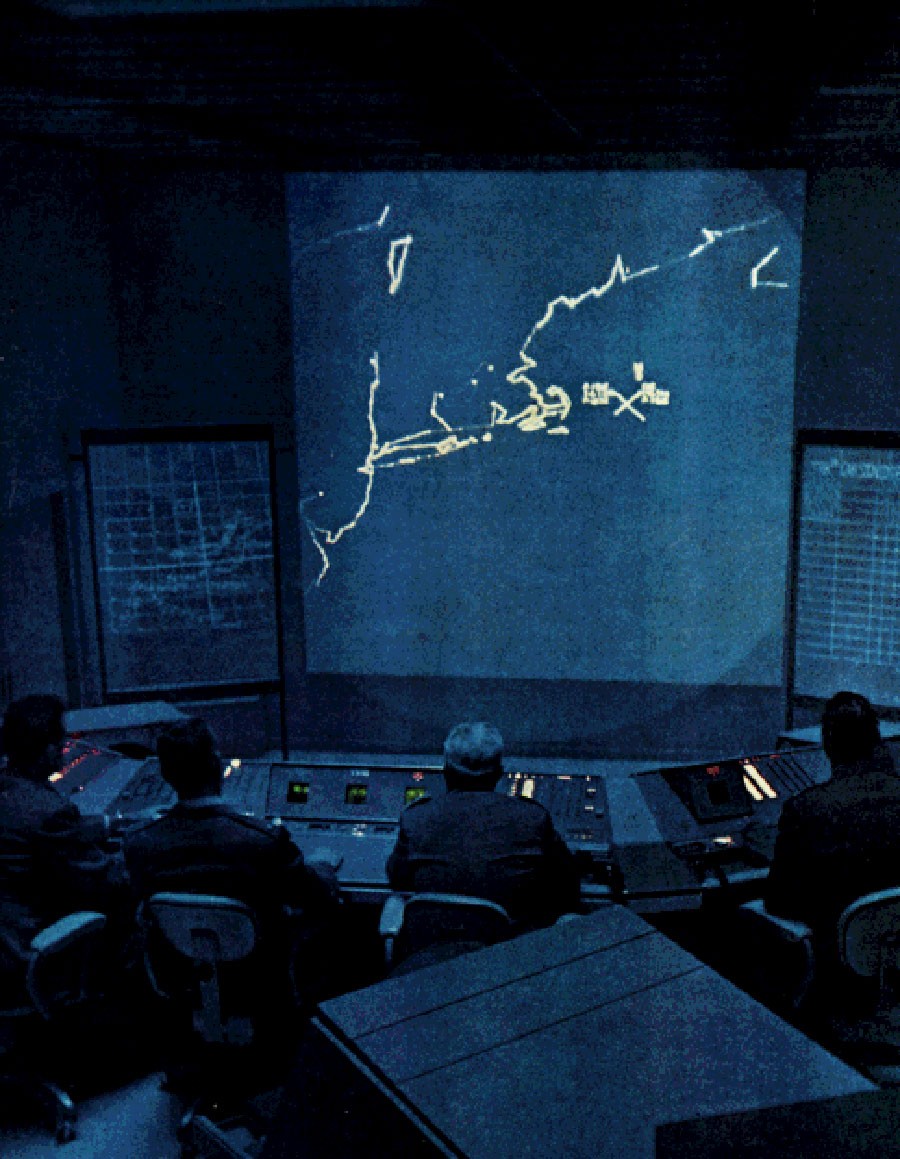


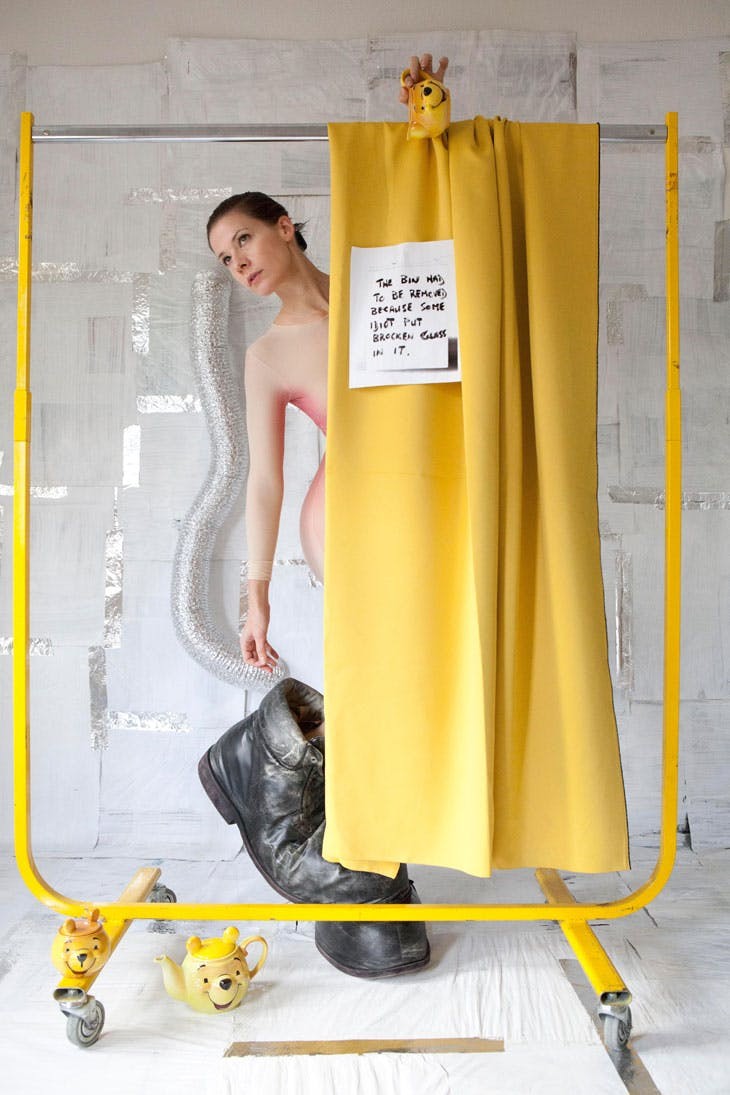


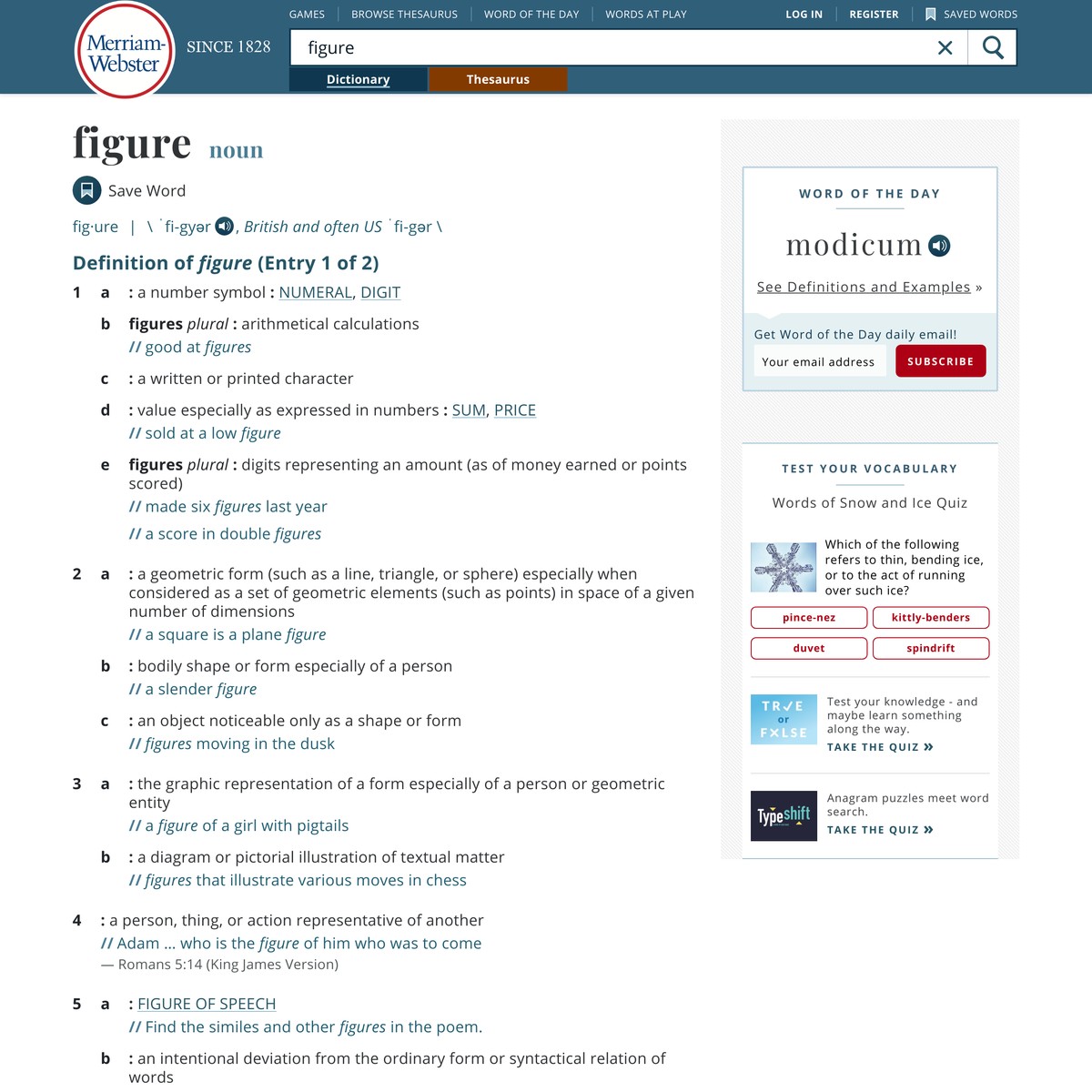





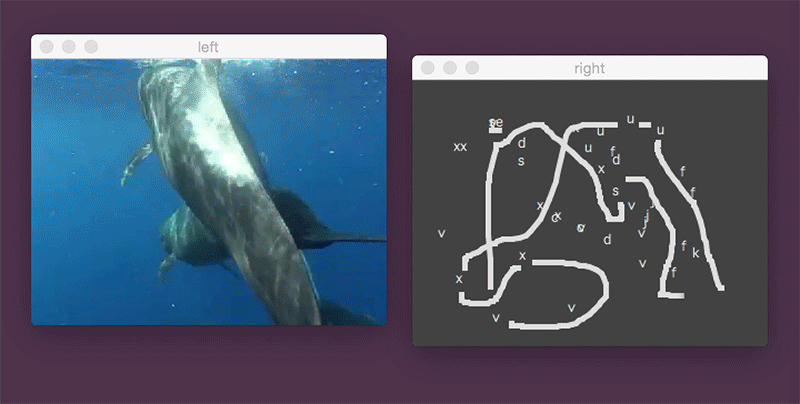


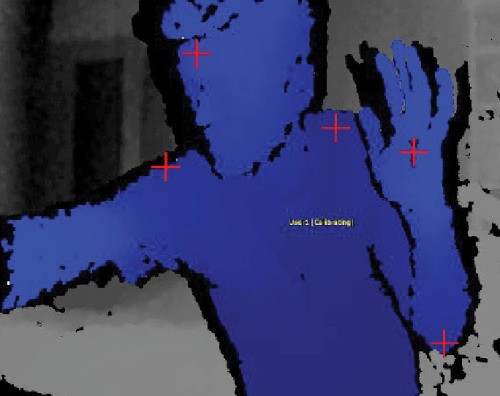


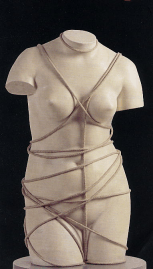


It is now less and less necessary for the writer to invent the fictional content of his novel. The fiction is already there. The writer’s task is to invent the reality.
It is now less and less necessary for the writer to invent the fictional content of his novel. The fiction is already there. The writer’s task is to invent the reality.
It is now less and less necessary for the writer to invent the fictional content of his novel. The fiction is already there. The writer’s task is to invent the reality.
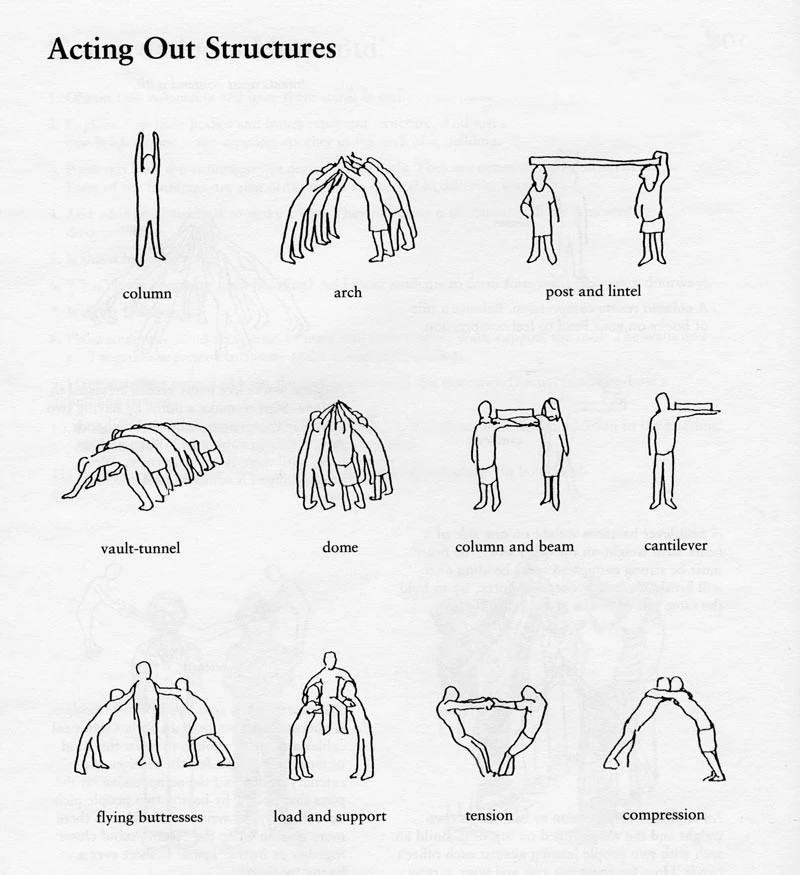


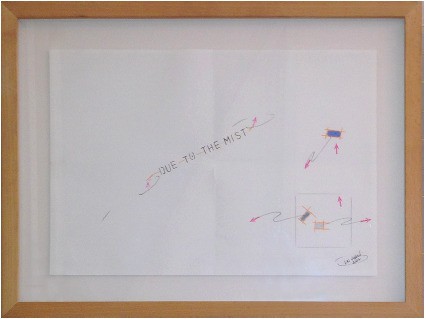


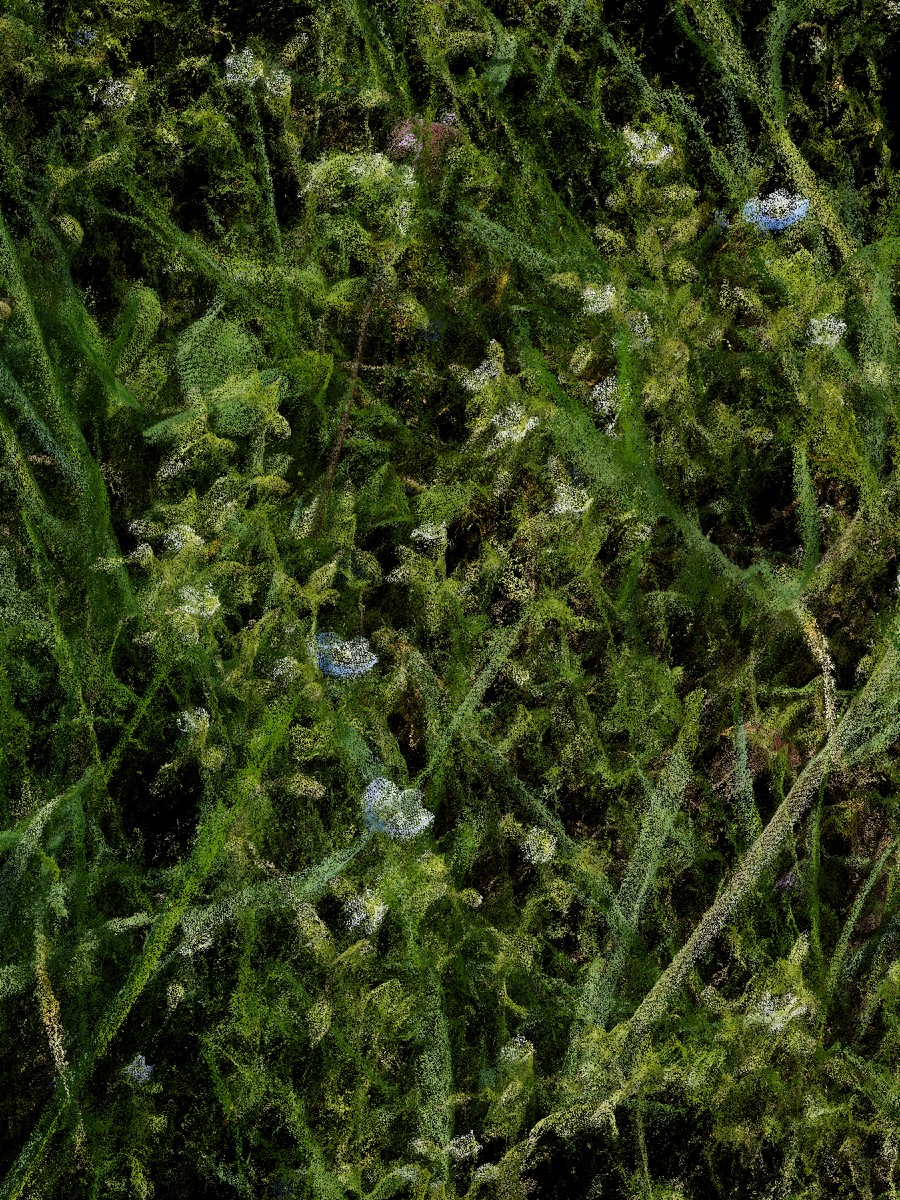


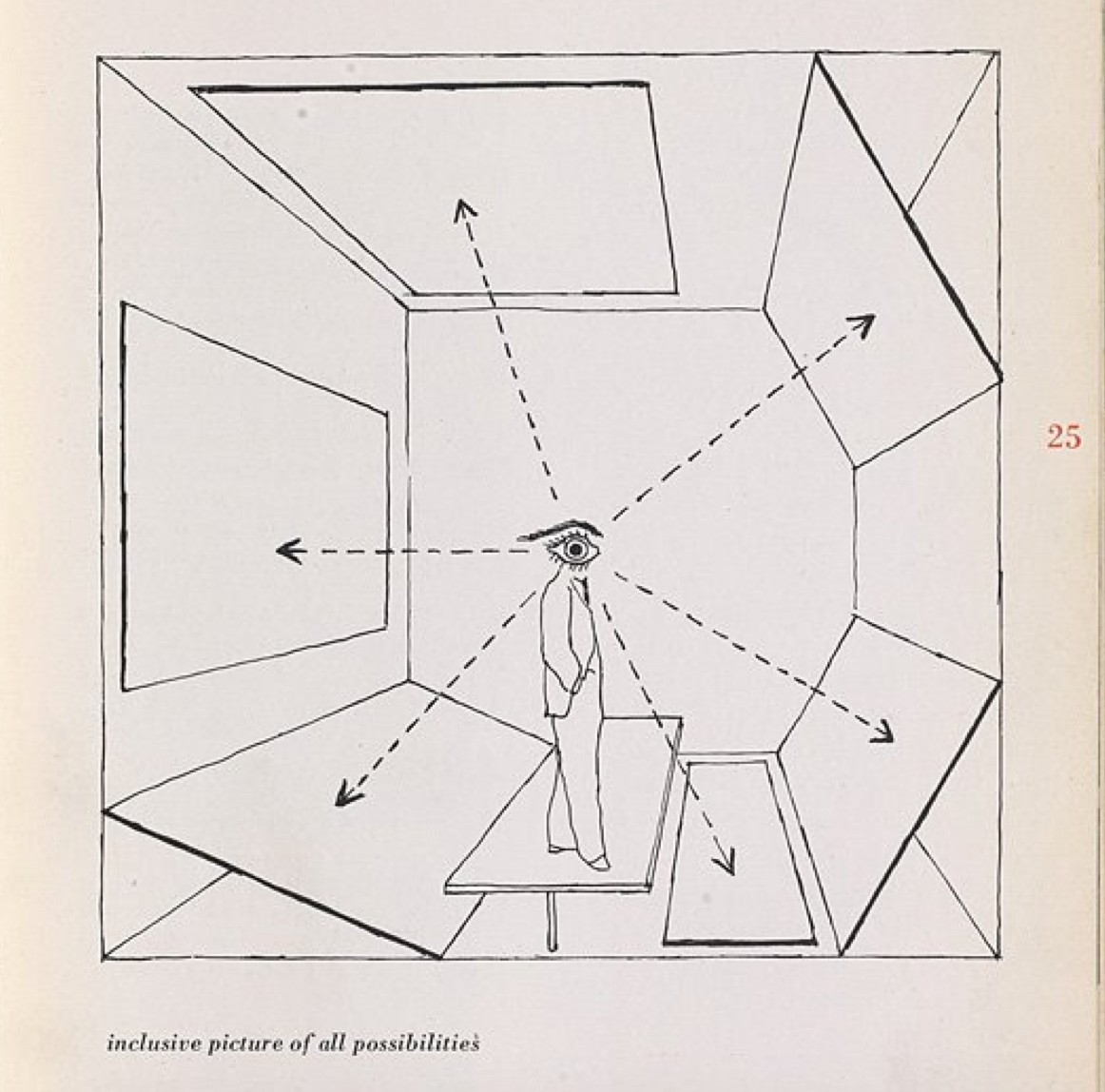


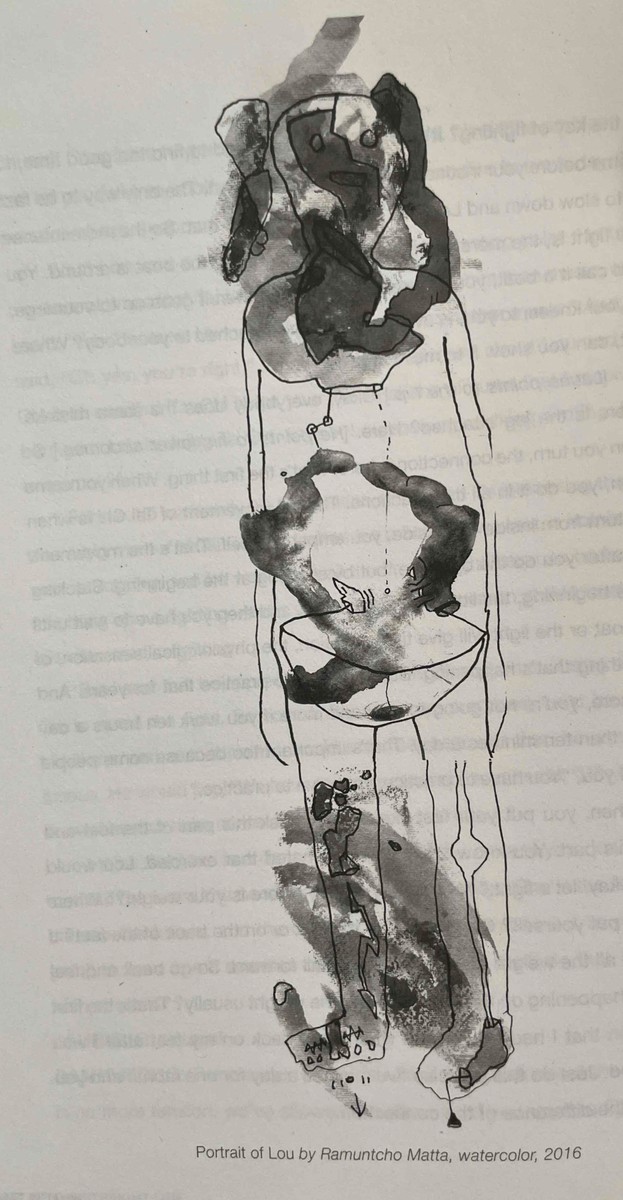


A Glitch Feminist acknowledges the value of visuality, and the revolutionary role that digital practice has in expanding the construction, deconstruction, and re-presentation of the female-identifying corpus. We acknowledge that the rigidity of digital dualism needs to be retired, as it plays into binaries of real/virtual that parallel the rampantly socialized figuration of male/female.
A Glitch Feminist acknowledges the value of visuality, and the revolutionary role that digital practice has in expanding the construction, deconstruction, and re-presentation of the female-identifying corpus. We acknowledge that the rigidity of digital dualism needs to be retired, as it plays into binaries of real/virtual that parallel the rampantly socialized figuration of male/female.
A Glitch Feminist acknowledges the value of visuality, and the revolutionary role that digital practice has in expanding the construction, deconstruction, and re-presentation of the female-identifying corpus. We acknowledge that the rigidity of digital dualism needs to be retired, as it plays into binaries of real/virtual that parallel the rampantly socialized figuration of male/female.